Repair is an incredibly troublesome and complex occupation, and one of the most responsible stages of the premises are plastering walls. The main question arising from the owners of the apartment is: What mixture to use for plastering walls? By choosing a low-quality product, often faced with a number of additional problems: cracks, sprinkled along the wall surface or peeling plaster. In the article, we will tell you what mixtures are for plastering walls and why the dry mix for plastering wall has a number of advantages over other materials.
How to choose a mixture
If there is a need to plaster the walls, dry mixes are not the only possible option. In addition to them, there are also ready-made mixtures for plaster walls, significantly different in price, however, incredibly comfortable in use. If desired, you can spend on ready-made materials, significantly reducing the time allotted on the plaster walls. If you decide to save and get a similar result, dry mixes for plaster - unambiguous for you.
Choosing materials must be paid to consider, with the surface of which type you will work (wood, concrete, brick). Brick and concrete walls are perfectly plastering, using cement-sand composition, and it is possible to process walls outside and from the inside. Putting wooden panels - give preference to gypsum or limestone materials, so that the inner surfaces will acquire a presentable appearance.
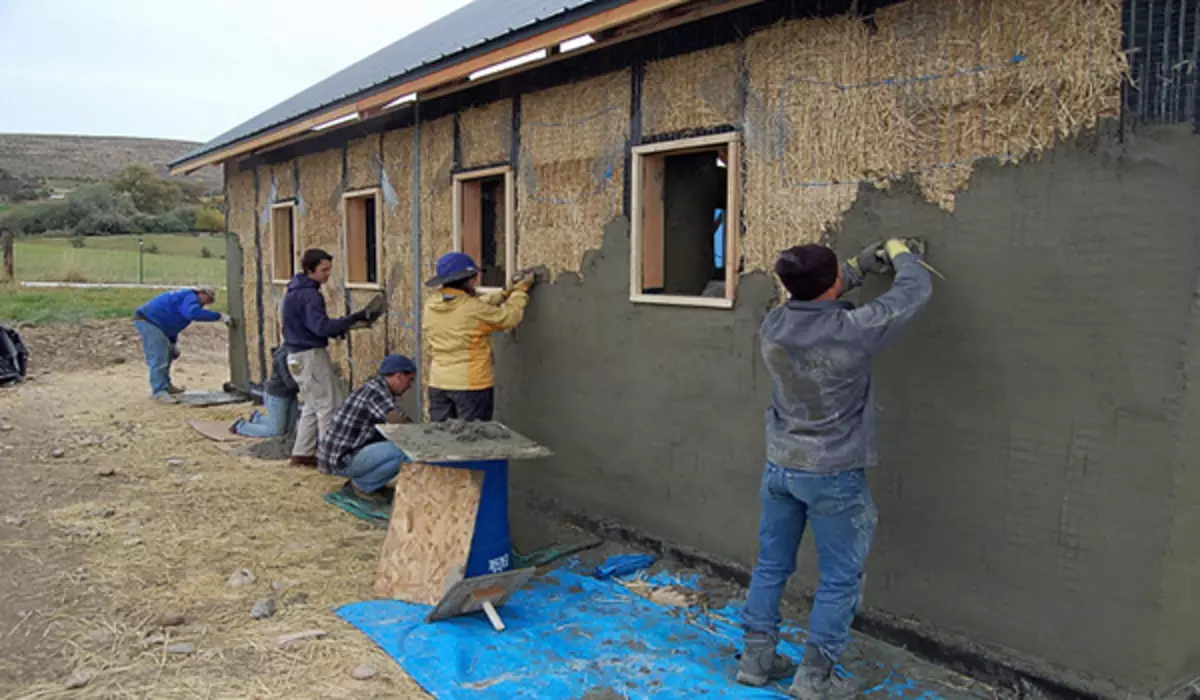
An important factor when choosing a mixture is the time you plan to spend on construction work. The most convenient is called lime compositions, and choosing a gypsum composition - you will have to work quickly. Cement mixtures are considered the most uncomfortable, since it dry very long and leave a huge amount of dirt.
Finally, the final point is the cost of plastering material. Some prefer to sacrifice the convenience and time for saving, however, if you equip your own home - it is better to spend a little more money and get an excellent result.
Article on the topic: Basement of a country house: a modern sauna
Classification of dry mixes
If the mixture is dry, the plaster of the wall will take a little longer, however, these materials differ in their composition (some turn out to be high quality and more convenient, some are cheaper). Consider them in more detail.
Cement. The most fiscal option, the main component of which is cement, is an ordinary sand in the role of filler. This composition is used when carrying out internal and external repair work - it is universal. In addition, the plastered surface will be very strong. The next advantage is a long shelf life - you can immediately prepare a significantly amount of composition, it will not freeze before the start of the work itself. However, there is also a reverse side - on the walls themselves, the composition also solidifies the extremely long (about 2 weeks).
Also, the minuses include the need to put the walls, the duration of the work, the need to periodically wet the treated sections with water and a significant amount of dirt.
Despite significant disadvantages, the cement composition is widely used with large-scale construction work and is valued for strength and durability.
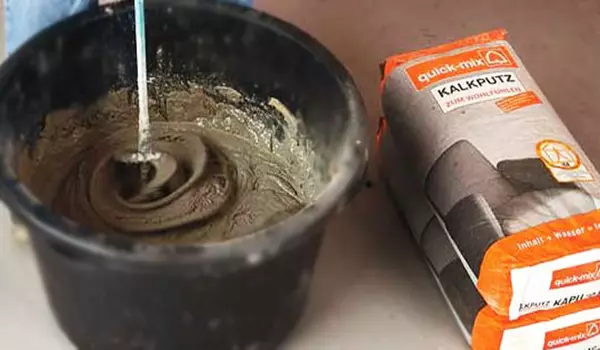
Cement-lime. Such a mixture is more expensive than the previous one, since another component is added - lime. Thanks to it, the quality of the mixture is significantly increased, namely: antibacterial properties appear, the composition acquires greater elasticity and is not afraid of humidity. Also, thanks to the new component, the "compatibility" of the mixture with different surfaces increases.
However, the cement-limestroke dry completely dries only after several months, and it is necessary to prepare it extremely gently, accurately observing the instructions, otherwise the coating will be low-quality and cracks will appear. A significant disadvantage is the adverse effect of cement-limestone materials on a healthier person - when inhalation of dust or its contact, various irritations and allergic reactions are possible on the skin. Among other things, the flow rate of cement-limestone is quite large.
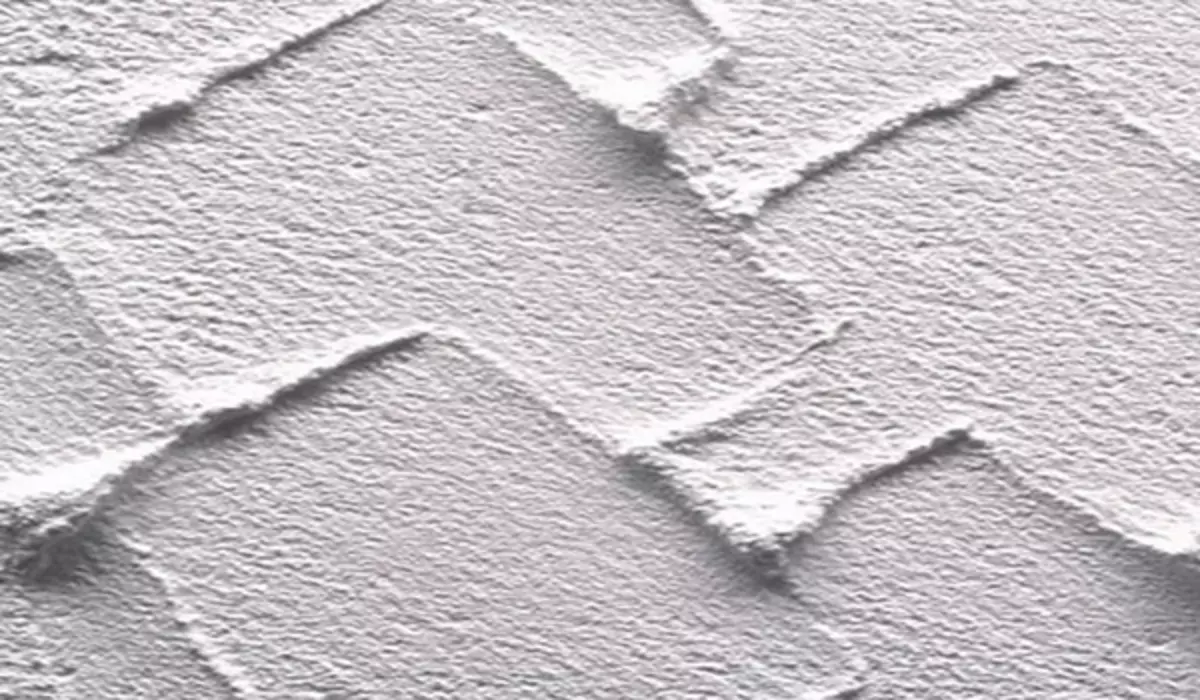
Gypsum. The most expensive type, which, in addition to plaster, includes various mineral components. Drying the gypsum mixture is very fast - respectively, the time on the work you spend the minimum. The putty to apply also optionally, as soon as you finish plastering - you can immediately glue the wallpaper. In addition, you will easily apply the gypsum mixture of two layers, and cleaning after plastering will be quickly - dirt after plaster materials almost does not remain. In addition, the probability of cracking of the composition after surface treatment is reduced to zero.
The disadvantages are the poor resistance to moisture and the need to start work immediately after the preparation of the mixture. Unlike cement, the gypsum is frozen after the expiration of forty minutes - it will have to work at the pace.
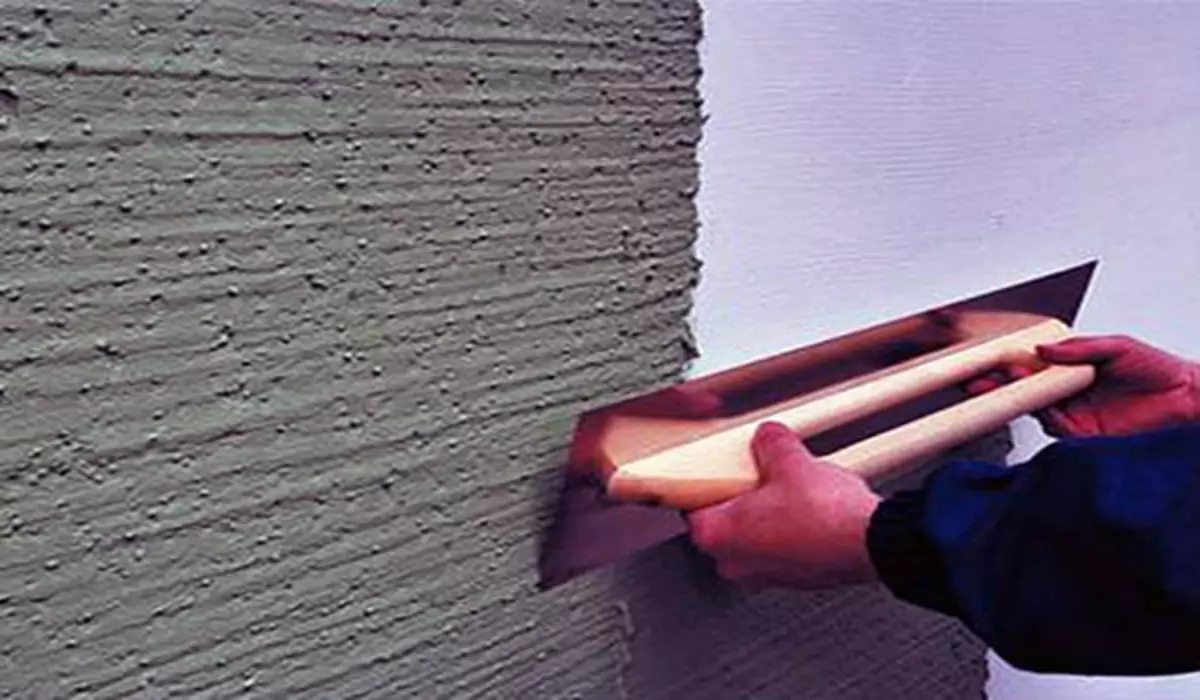
What to take into account when buying blends?
- Choosing materials - give preference to proven suppliers with high-quality products;
- For foam concrete, choose gypsum for wood - cement-limestroke;
- Do not purchase a large amount of products immediately - buy a bag or two, test them if the product will be high-quality - boldly buy more.
Article on the topic: LED tape for lighting aquarium
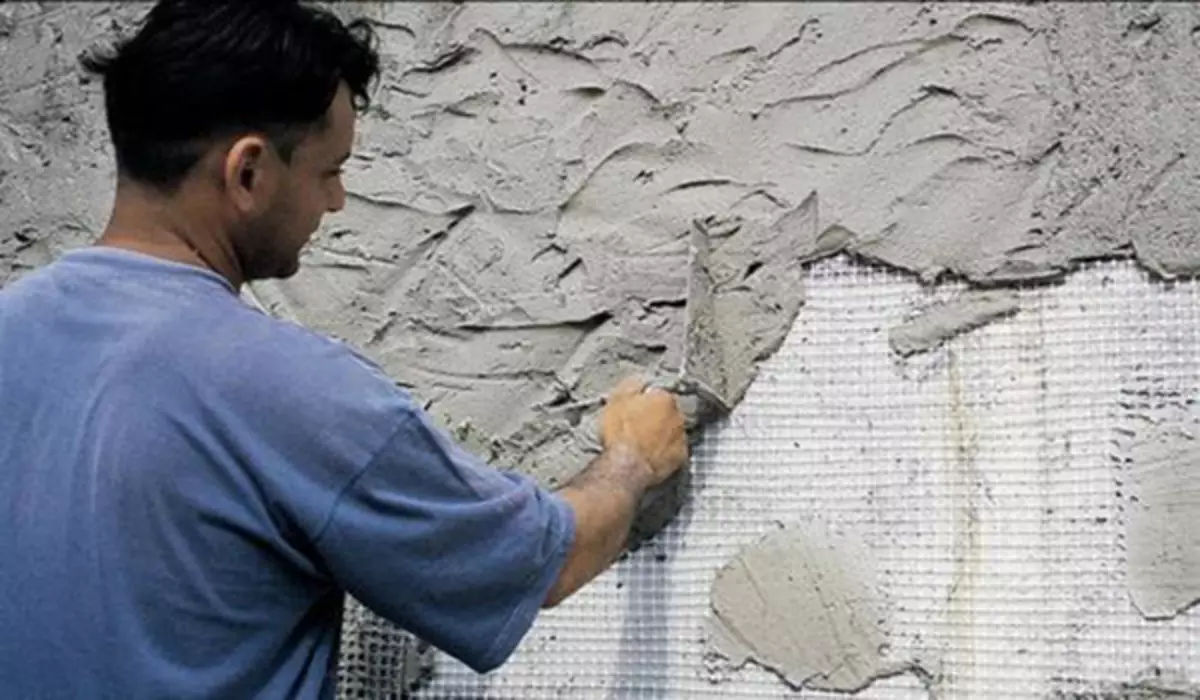
Video "Plastering mixtures"
An expert of the construction hyper market "Metric", talks about dry plastering mixtures. I advise you to watch the video to the end.
